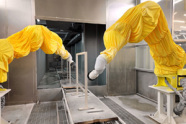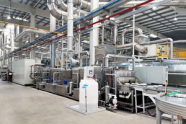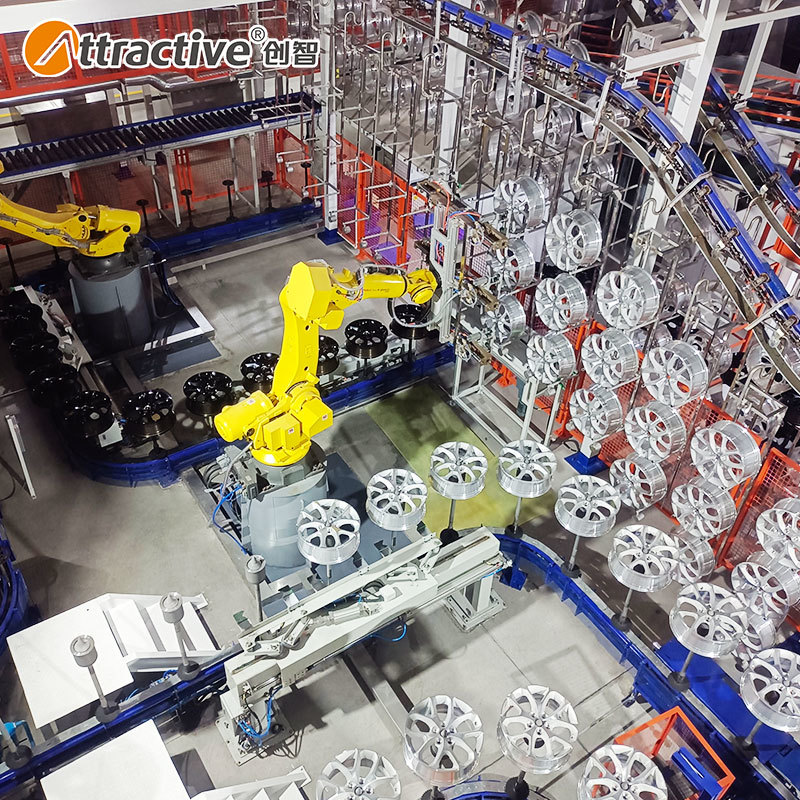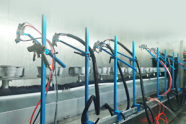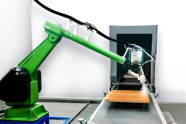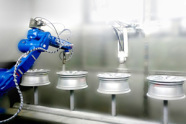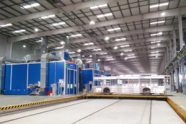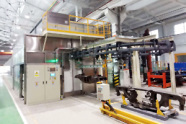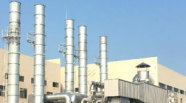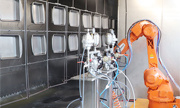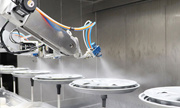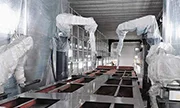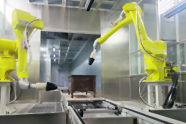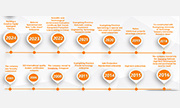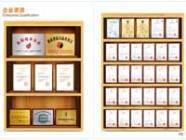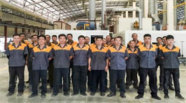All categories
Related News
19
2025
-
11
Facing challenges with VOC compliance in your painting line?
Author:
Chuangzhi Coating

1. VOCs Abatement Coating Lines: Minimize Emissions from the Source Throughout the Process
- Source control: Adapt to low-VOC coatings (VOC content ≤100g/L) such as water-based, powder, and UV-curable coatings, combined with dedicated paint supply systems and spray guns, avoiding spraying defects caused by different viscosity and atomization characteristics of low-VOC coatings. After switching, an home appliance enterprise directly reduced coating VOC emissions by 60%;
- End-of-pipe purification: Integrate a three-stage treatment system of "paint mist capture + activated carbon adsorption + catalytic combustion (RCO)". The paint mist capture rate reaches 99%, and saturated activated carbon is regenerated at high temperature (800-850℃) through RCO. The VOCs removal rate is ≥98%, and the final emission concentration is stably maintained at 20-30mg/m³, far below the 80mg/m³ limit specified in GB 37822-2019;
- Waste heat recovery: High-temperature waste heat (300-400℃) generated by RCO heats fresh air in the spraying booth or pretreatment bath through heat exchangers, replacing traditional electric heating. A single production line saves more than 150,000 yuan in annual energy costs, offsetting part of the environmental equipment investment.
2. Environmentally Friendly Spraying Equipment: Precise Spraying Reduces VOC Waste
- Electrostatic atomization technology: A high-voltage electrostatic generator (50-80kV) charges paint particles negatively, increasing adsorption efficiency to over 95%, reducing paint consumption by 30% compared with traditional air spraying, and corresponding VOC emissions are reduced simultaneously;
- Intelligent flow control: Equipped with a laser thickness gauge and closed-loop flow system, it automatically adjusts the spray gun paint output (accuracy ±1ml/min) according to the workpiece surface area, avoiding paint waste caused by the "over-spray insurance" mentality. After application by an auto parts enterprise, the single-batch paint loss dropped from 12% to 3%;
- Closed spraying booth: Adopts a negative pressure design and high-efficiency filtration system to prevent VOC diffusion caused by paint mist escape, while reducing workshop odors and improving the operating environment, meeting occupational health standards.
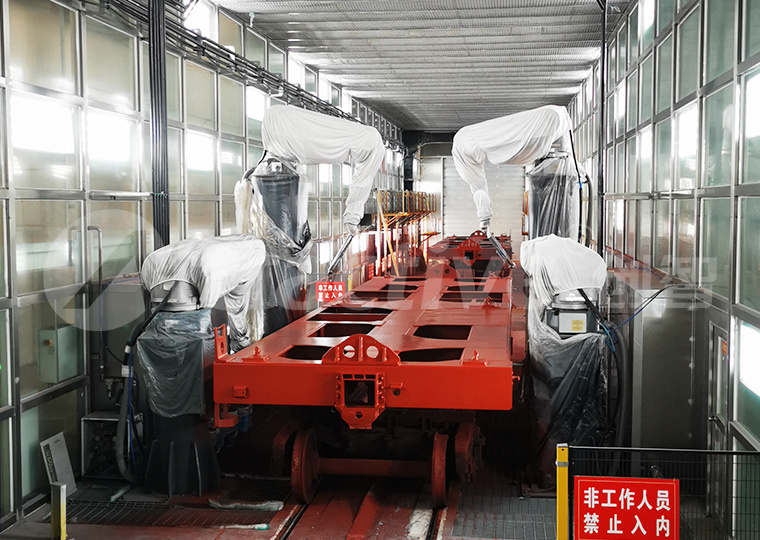
3. VOC Compliance Solutions for Coating Lines: Full-Cycle Compliance Assurance
- Compliance diagnosis: On-site testing of production line VOC emission concentration, paint VOC content, and waste gas treatment efficiency, issuing a "Compliance Gap Report" to clarify key transformation points (such as "replacing low-VOC coatings + upgrading RCO equipment");
- Customized transformation: For customers upgrading old lines, provide a "equipment addition + process optimization" plan without the need to replace the entire production line. The transformation cycle is controlled within 15-20 days, and the investment return cycle for an furniture enterprise after transformation is only 8 months;
- Intelligent monitoring and operation: Install a VOCs online monitor on the VOCs abatement coating line to display real-time emission data (supporting connection to the environmental protection department platform), equipped with a remote operation and maintenance system that responds to equipment failures within 30 minutes, ensuring the stable operation of the treatment system and avoiding excessive risks caused by equipment shutdown.
4. Multi-Industry Adaptation: Targeted Solutions for Compliance Challenges in Different Scenarios
- Automotive industry (mainly solvent-based coatings): Strengthen the impact resistance of the RCO treatment system to adapt to high-concentration VOC waste gas (inlet concentration ≤2000mg/m³), ensuring stable emission compliance;
- Home appliance industry (mainly water-based coatings): Optimize the atomization parameters of environmentally friendly spraying equipment to solve the problems of poor flow resistance and adhesion of water-based paints, further reducing VOC emissions to below 15mg/m³;
- Furniture industry (transition from oil-based to water-based paints): Provide one-stop services of "coating switching + equipment transformation" to help enterprises transition smoothly, avoiding production capacity fluctuations caused by process adjustments.
Conclusion
Next Page


